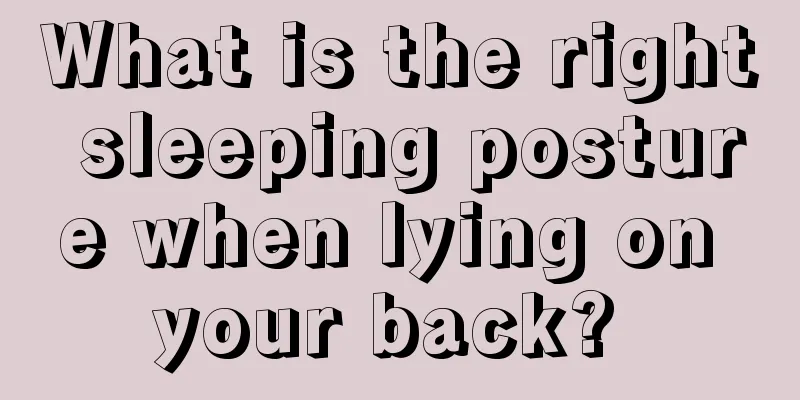How to treat anal fistula in the early stage

|
Anal fistula is actually a disease caused by perianal abscess that develops to a certain stage. It usually cannot heal itself. If treated in time, the condition will become more and more serious after the anal fistula develops to a certain stage. It will make people restless, and have symptoms such as pain and itching, which seriously affect their daily life and normal work. It may also cause anal incontinence. In fact, the earlier the treatment, the easier it is to control the disease. How to treat anal fistula in the early stage? 1. Fistulotomy. It is a method of completely cutting open the fistula and relying on the growth of granulation tissue to heal the wound. It is suitable for low-position anal fistula because the fistula is deep below the external sphincter. After the incision, only the subcutaneous and superficial parts of the external sphincter are damaged, and postoperative anal incontinence will not occur. 2. Anal fistula resection. The fistula tract is opened and the entire fistula bone wall is removed to the healthy tissue. The wound does not need to be sutured. If the wound is large, it can be partially sutured and partially left open and filled with oil gauze to allow the wound to grow from the bottom outward until it heals. Suitable for low-position simple anal fistula. 3. Hanging thread therapy. It is a method of slowly cutting open the anal fistula by using the mechanical compression of a rubber band or corrosive thread. It is suitable for simple anal fistulas with low or high internal and external openings within 3-5 cm from the anus, or as an auxiliary treatment for incision and resection of complex anal fistulas. Surgery is also one of the main ways to treat anal fistula, but one thing that must be noted is that if anal fistula is treated surgically, postoperative care must not be ignored, otherwise, it is very easy to cause infection, which may cause recurrence or complications. Symptoms of patients with anal fistula Anal fistula often occurs in the midline behind the anal canal; due to the anatomical characteristics of the anal canal, the skin here is easily traumatized by the expansion of the anal canal during defecation, resulting in full-thickness tearing. If chronic inflammation occurs near the tooth twist, it is more susceptible to damage due to loss of elasticity due to fibrosis. Torn wounds often form ulcers due to secondary infection. The wound surface is relatively flat, hard, grayish white, and there is a bag-like skin tag at the lower end of the ulcer. It resembles external hemorrhoids and is commonly known as "sentinel hemorrhoids". It is often accompanied by hypertrophy of the anal papillae. In severe cases, it causes anal canal stenosis and forms anal fistula triad. Patients are afraid of the pain and dare not defecate, causing feces to accumulate in the intestinal cavity for too long, becoming dry and hard. The pain becomes more severe the next time they defecate, thus forming a vicious cycle and causing extreme pain, which seriously affects their work and study. This disease can occur in all age groups, but is more common in middle-aged people between 30 and 40 years old. |
<<: What is the best way to treat mild anal fistula
>>: Does it hurt to change the dressing after anal fistula surgery
Recommend
My right cheek hurts when I open my mouth
Many people are prone to diseases in the cheeks w...
What to eat after colonoscopy
Everyone knows that both colonoscopy and gastrosc...
Symptoms of kidney yang deficiency and kidney yin deficiency should be treated in time
Kidney yang deficiency and kidney yin deficiency ...
Can running lower blood pressure?
Running is definitely the most convenient and pop...
Could upper abdominal distension without pain be stomach cancer?
Could upper abdominal distension without pain be ...
Can a girl get pregnant if she can't lose her virginity?
In the past, people's ideas were relatively c...
Does taking a bath frequently help to get rid of acne?
Almost everyone has experienced symptoms of acne....
Skin cancer patients are advised to choose treatment methods as early as possible
Now, the incidence of skin cancer in our country ...
Can expired soybean oil still be consumed?
Soybean oil can generally be eaten after it has e...
What is the use of conditioner
Basically everyone has hair. Hair is a tissue tha...
Diet therapy for osteosarcoma
Many patients with osteosarcoma hope to use diet ...
How to take good care of liver cancer patients? Pay attention to these 3 points in liver cancer care
During the treatment of liver cancer, nursing car...
What to do if your mouth hurts and you can't open your mouth
Regardless of whether we pay attention to oral hy...
There is a burning sensation in the urethra, beware of urinary tract infection
If there is a burning sensation in the urethra, t...
Introduction to the classification and treatment of spots
There are many types of spots, not just the commo...









